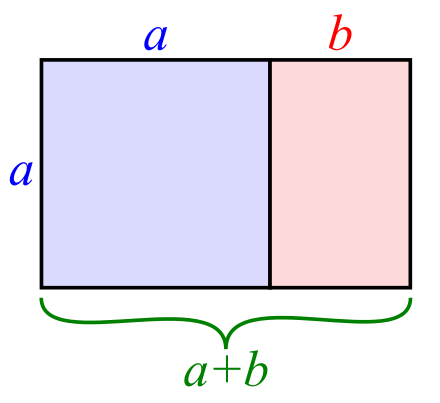I have been very busy with work and things around the house and I have unfortunately found it difficult to snap time together to sit and write a post. On the positive side, as eager as I am for my new calculator to arrive soon (it actually landed in my country late last night according to the website tracker), being busy keeps me preoccupied and will make it feel faster.
In the brief moments of down time at work, I was having some fun playing with π and i. There are some interesting and cool links between the two. It was a good way to get back into some polar graphing on my Ti 84 Plus as well which was something to keep my brain cells engaged.
And so a new userpic is born:

A lot of math-type people are obsessed with π. It has become a sort of flag for teachers to rally student engagement in math. At least from my perspective. And while π is a very important and fascinating constant, there are also many in the math world that are worth taking a look at and little boost too. I think i is one of these figures. It is imaginary which alone I think makes it intriguing. I am also very found of Euler's number or e which represents an infinite form of growth.
We will certainly be talking more about less talked about figures in math like i and e and Phi in more posts. When I can find the time, of course.
In the brief moments of down time at work, I was having some fun playing with π and i. There are some interesting and cool links between the two. It was a good way to get back into some polar graphing on my Ti 84 Plus as well which was something to keep my brain cells engaged.
And so a new userpic is born:

A lot of math-type people are obsessed with π. It has become a sort of flag for teachers to rally student engagement in math. At least from my perspective. And while π is a very important and fascinating constant, there are also many in the math world that are worth taking a look at and little boost too. I think i is one of these figures. It is imaginary which alone I think makes it intriguing. I am also very found of Euler's number or e which represents an infinite form of growth.
We will certainly be talking more about less talked about figures in math like i and e and Phi in more posts. When I can find the time, of course.







